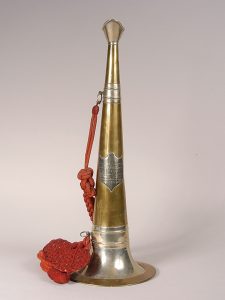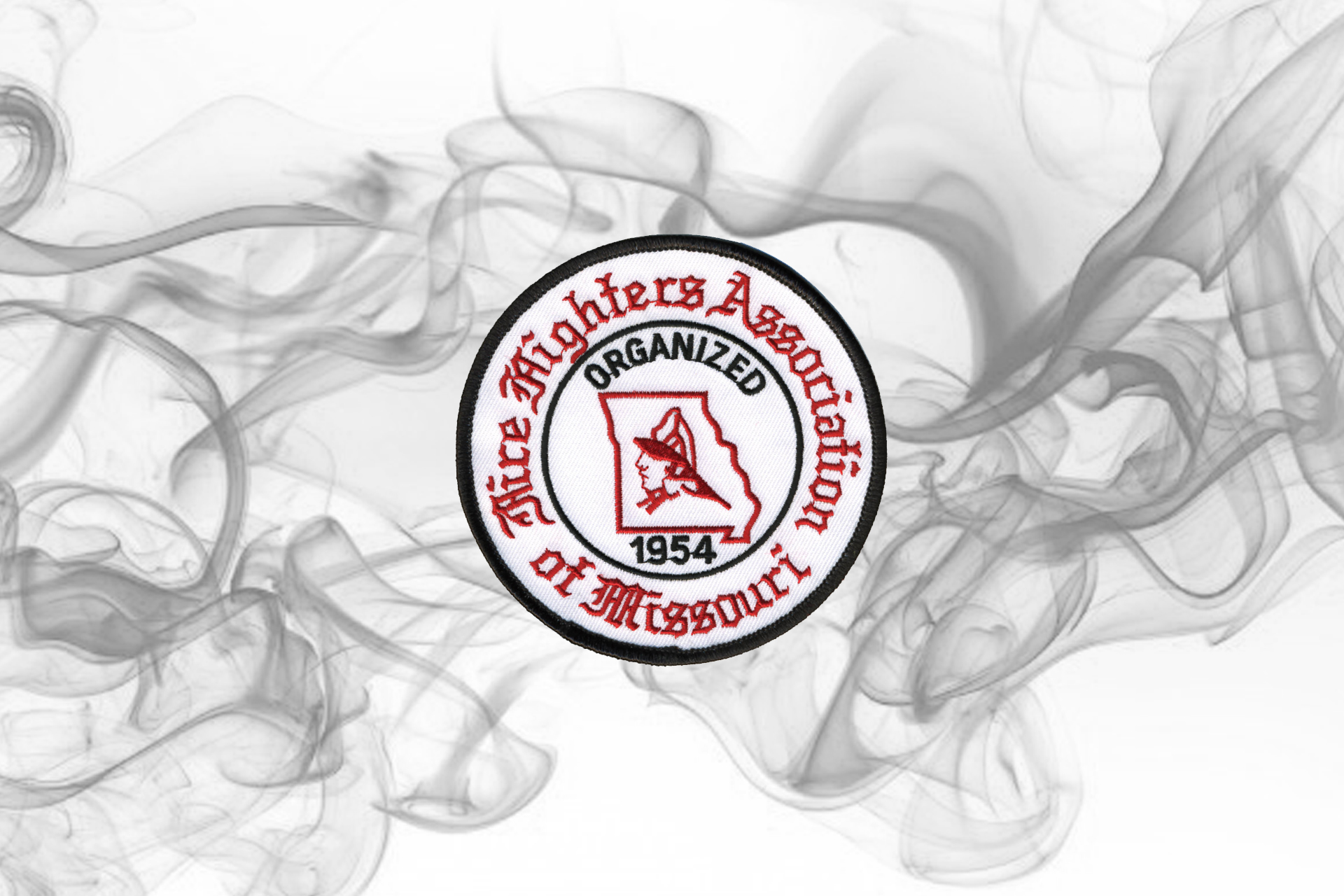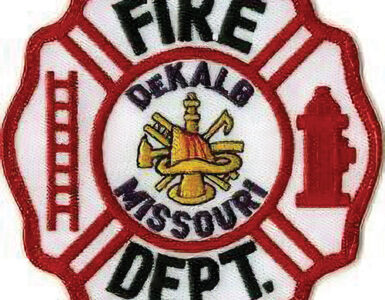
Preserving the past. It always upsets me when I see a military veteran’s memorabilia, uniforms, medals, even their burial flag, discarded or for sale at antique stores. Where are the relatives, decedents, or compatriots that should have honored and preserved the memory of this individual’s service and sacrifice?
It is similar to the fire service paraphernalia that represents the service of career and volunteer firefighters. I find personal items such as plaques, ceremonial items, and other honors, along with former equipment mementos of one’s fire service occupation or avocation discarded or in poor condition and being sold. Why are these not treasured and honored memories of some family member, or at least being preserved as an example of fire service history and traditions?
Over my 40 plus years in the fire service, I developed an appreciation for our profession’s heritage. I found myself becoming a curator or conservator of our history and traditions. In so doing, I have learned much about the past and its meaning to our future. Recently I reinstated and preserved a fire service speaking trumpet. If you are in the fire service and do not know what that is, you need to spend some time studying fire service history. I rescued it from a serious state of deterioration, and after substantial work to remove the corrosion and polish it, it was returned to somewhat of its former glory. Based on the little history I could find with the item, it was undoubtedly a presentation trumpet to a chief who retired in the 1940s for their long dedicated service. As I carefully restored and polished this artifact, I wondered about the life and service of this individual and what sacrifices he may have made to fulfill his life-long commitment to the fire service. What a disappointment it had been so poorly maintained, and then heedlessly disposed of.
I find myself being critical of some modern media shows that talk about leaving an antique unrestored to maintain its vintage appearance or its “patina.” Depending on the object, one day the patina, rust, and deformation may deteriorate the treasured antique beyond the point of restoration. In the fire department, the brass and chrome were always polished and pristine. It would never be allowed to tarnish. Leather items were well cleaned and conditioned. Why should it not be so when it is being preserved for posterity? As I look at a piece of antique fire service equipment, I often ponder: how many firefighters’ hands have touched it; how many fires or rescues did it play a part; and how many times a young firefighter sat in the firehouse polishing and cleaning it so it would be ready for the next call. If an artifact of a past fire service individual is no longer a treasured memory or being properly preserved, I hope the family or owner donate it to a fire service museum. Then it can still be appreciated by those who serve our honored profession.
The fire service artifacts I rescue and restore are not mine to own. I am simply the current conservator of the past for the future generations of the fire service. As fire service veterans, let us take steps to preserve our history and artifacts so that our decedents may pay homage to the memories of those who have gone before us and continue to honor the lasting traditions of the fire service.

































